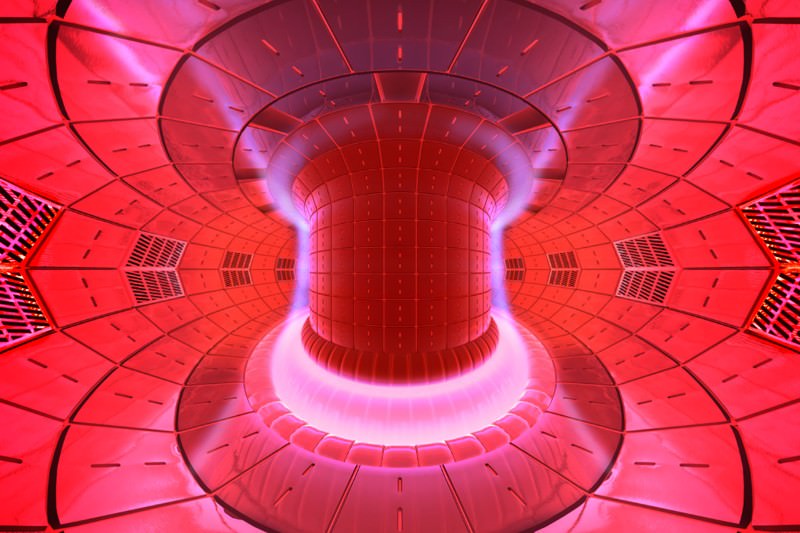
China’s will be bigger and better (Image: David Parker/SPL)
The world’s largest nuclear fusion machine, currently being built in France, is unlikely to produce more energy than it consumes until the early 2030s, warned the UK’s head of fusion research this week. That is five years later than planned – by which time China could be ahead of everyone.
Nuclear fusion involves heating a plasma of hydrogen isotopes so that they fuse into helium, releasing a large amount of energy in the process. Many physicists see it as the holy grail for producing cheap zero-carbon energy. But initiating the fusion reactions requires temperatures 10 times as hot as the core of the sun. And decades of experiments have yet to produce self-sustaining fusion reactions – known as “burning plasma” – that generate the energy required to produce such temperatures.
The International Thermonuclear Experimental Reactor (ITER), a $20 billion machine being built in Cadarache, France, should get there. “We are confident that it will,” Steven Cowley, director of the Culham Centre for Fusion Energy in Oxfordshire, told the science and technology committee of the UK’s House of Lords on Tuesday. But it is taking time and money.
Burning plasma
Constructing ITER has already cost three times as much as budgeted, and completion has slipped from 2016 to 2019, with the first plasma experiments the following year. Cowley told the committee: “ITER says 2020, but I believe the first plasma will be [generated] in 2025.” Burning plasma is unlikely before “the early 2030s”, he said. He likened the moment when burning plasma is achieved to the moment in the early 1940s when the first “critical” nuclear fission reactions were produced.
Only then will the international researchers, many of whom have been working together for decades, move on to building a new plant that could generate continuous power – the forerunner for what they hope will be commercial nuclear fusion by late in the century. “But the biggest investment now is in China,” says Cowley. China is a collaborator on ITER, along with the European Union, the US and others. But it is investing heavily in building its own reactor, the China Fusion Engineering Test Reactor, which will be bigger than ITER and may be finished by 2030, he said.
Cowley disclosed that some partners had discussed whether to continue collaboration with China or shut them out. “We decided to continue to collaborate.” Shutting China out “would only slow them down by a few months”, he told the Lords, who are investigating whether the UK government is getting value for money in its fusion investments. Fusion currently accounts for 14 per cent of UK government spending on energy research, Sharon Ellis of the Department for Business, Innovation and Skills told the committee.
No comments:
Post a Comment